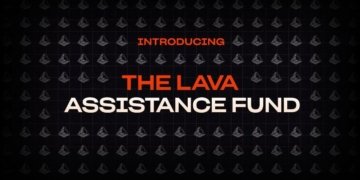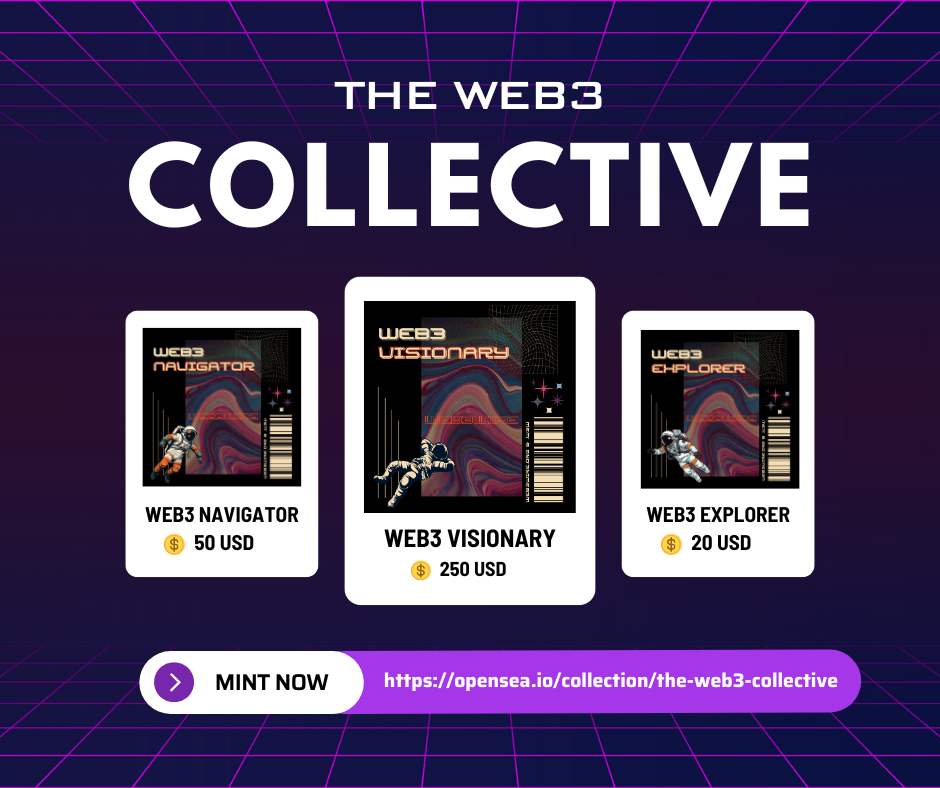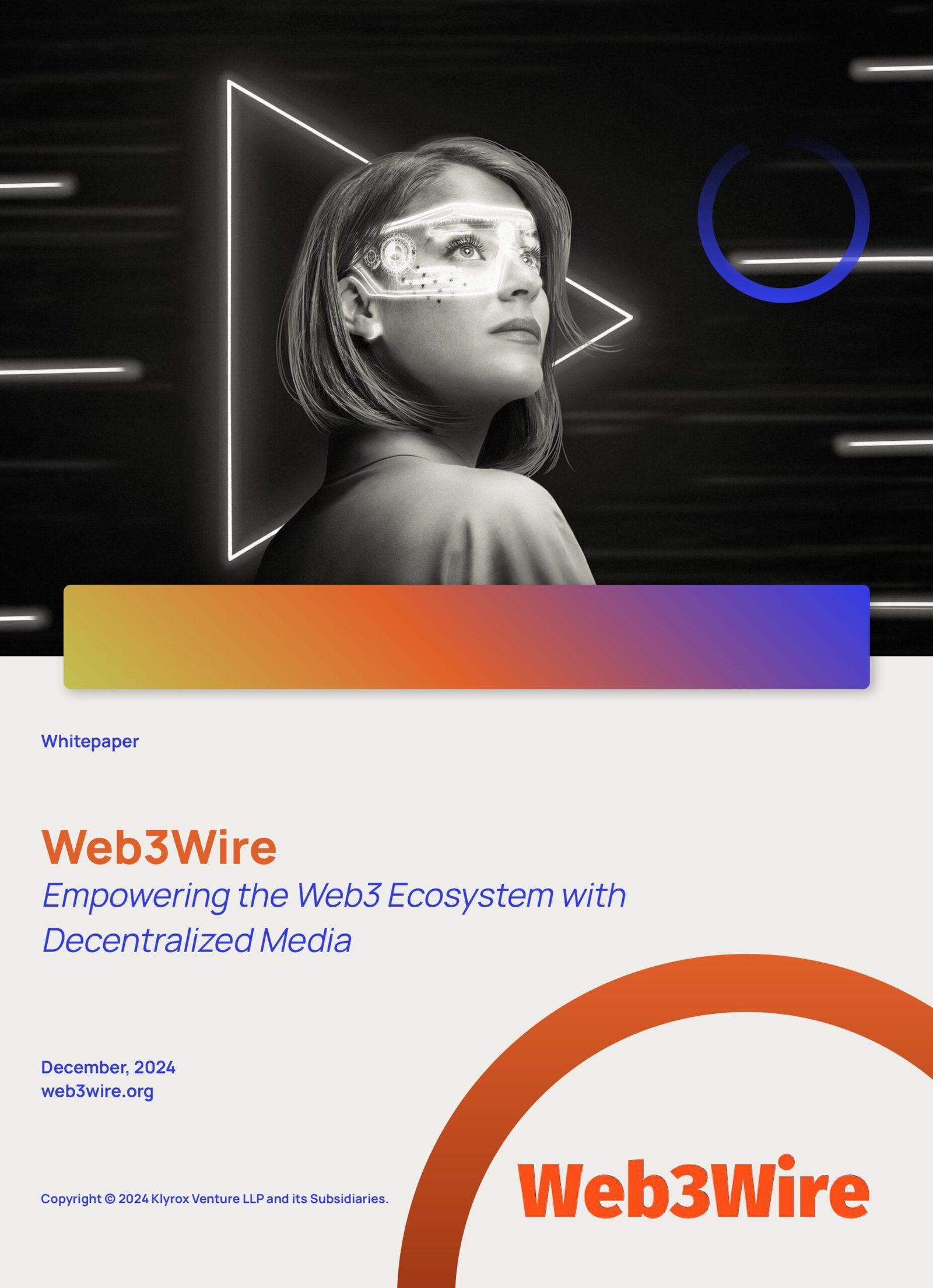
Connecting Blockchains: The Key to a Unified Web3 Future
In the swiftly evolving landscape of digital technology, blockchain has emerged as a cornerstone facilitating decentralization, enhanced security, and trustless systems. However, the potential of blockchain technology is currently restrained by one significant challenge: interoperability between blockchain networks. This challenge, if addressed, could unlock new dimensions for the Web3 ecosystem, transforming how data and value are exchanged across platforms. This article delves into the importance and advantages of blockchain interoperability in building a connected Web3 future.
Understanding Blockchain Interoperability
Blockchain interoperability refers to the ability of different blockchain systems to communicate, exchange data, and use information from one another. Currently, most blockchains operate in isolation, like islands in a vast ocean of data. Interoperability acts as bridges between these islands, enabling them to connect and exchange information seamlessly.
The concept is vital as it supports a more integrated ecosystem where different blockchains can collaborate, increasing efficiency and utility. Through proper interoperability, users can take advantage of the specific benefits each blockchain offers without being confined to a single network.
Why Interoperability Matters
Several factors highlight the necessity of interoperability in blockchain networks:
- Enhances Scalability: Interoperability allows blockchains to distribute workloads more evenly across multiple networks, thus preventing congestion and enhancing overall scalability.
- Improves User Experience: Users can interact with multiple blockchain platforms more conveniently, enabling their digital assets to move seamlessly across networks.
- Facilitates Innovation: A unified blockchain environment encourages developers to create sophisticated decentralized applications (dApps) utilizing features from various blockchains, leading to more diverse and innovative offerings.
- Increases Network Resilience: An interconnected blockchain network can create a system with no single point of failure, boosting overall network security and reliability.
The Path towards Blockchain Interoperability
Achieving true interoperability requires a multifaceted approach, addressing technical, organizational, and regulatory challenges.
Technological Solutions
Currently, several technological solutions are being explored to achieve blockchain interoperability:
- Cross-chain Bridges: These function as connectors between blockchains, enabling the transfer of tokens and data across different networks seamlessly.
- Interoperable Protocols: Protocols like Polkadot and Cosmos are designed to facilitate inter-blockchain communication by creating a network of blockchains that can communicate with one another.
- Atomic Swaps: This technology allows direct asset exchange across blockchains without the need for intermediaries, promoting decentralized trading between different cryptocurrencies.
- Standardization Efforts: Establishing common protocols and standards like Interledger Protocol helps different blockchains understand and interact with each other more effectively.
Organizational and Regulatory Considerations
While the technology is crucial, organizational changes and regulatory frameworks also play a vital role:
- Organizations must embrace collaboration over competition, encouraging open partnerships and shared technological developments.
- Global regulatory standards need to be developed to ensure cross-border compatibility while maintaining compliance with local laws.
- The formation of industry consortia can help in developing and implementing these standards more efficiently.
The Impact of a Unified Web3 Ecosystem
A truly interoperable blockchain ecosystem could transform the Web3 landscape, offering numerous benefits:
- Decentralized Finance (DeFi): Interoperability could power more complex DeFi products that leverage multiple blockchains, enhancing liquidity and accessibility.
- Supply Chain Management: A unified network could provide an immutable, accessible record across different supply chains, increasing transparency and trust.
- Health and Identity Management: Securely share patient records or identity verification information across platforms while maintaining strict control over privacy and data.
- Cross-Border Payments: Enable instantaneous, efficient, and low-cost transfers by connecting various national and international payment networks.
The Future of Web3 with Connected Blockchains
The vision of an interoperable Web3 ecosystem pushes us closer to realizing a truly decentralized internet, where networks are not siloed but are robustly connected. This shift will pave the way for even more groundbreaking utilities and transformations across industries, ultimately democratizing data and asset control for users.
In conclusion, while challenges exist on the path to full blockchain interoperability, the rewards promise a giant leap forward for Web3 technology. As developers, innovators, and regulators work together to overcome current barriers, the dream of a connected, powerful, and versatile blockchain ecosystem becomes ever more attainable.
This is not just a technical evolution—it’s a movement towards a more inclusive, innovative, and cooperative technological environment. In this future, interconnectedness is the key to unlocking the true potential of Web3.
“`


















